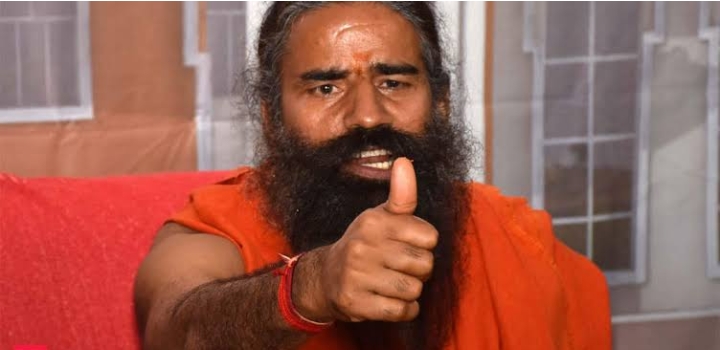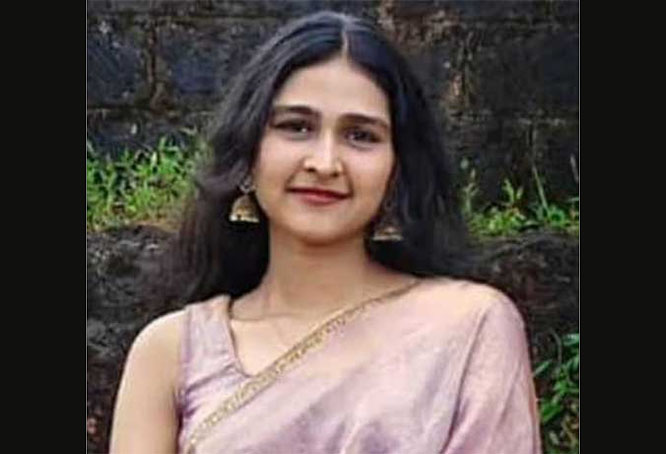Constitution Day, also known as Samvidhan Divas, is observed every year on November 26 to honor the adoption of the Constitution of India and to recognize the visionary effort that shaped the world’s largest democracy.
Historical Background
It’s on November 26, 1949, the Constituent Assembly of India formally adopted the Constitution.This date is commemorated to acknowledge the completion of nearly three years of drafting, debate, and refinement.
On January 26, 1950, the Constitution came into force, marking India’s transition from a dominion to a sovereign republic.
The date 26 January was chosen to honor the “Purna Swaraj” declaration made in 1930 that marked the relentless efforts & sacrifices of the many.
Why Constitution Day is Celebrated
* To honor & remember the framers of the Constitution, especially Dr. B. R. Ambedkar, the Chairman of the Drafting Committee, & many others.
* To remind the citizens of the values, responsibilities, and rights enshrined in the Constitution.
* To promote constitutional values & literacy among students, institutions, and the general public.
* To reaffirm the nation’s commitment to justice, equality, liberty, fraternity and secular values.
Vision and Significance of the Constitution
It establishes the fundamental political and legal framework for the nation.
Defines the structure, powers and functions of:
• The Executive
• The Legislature
• The Judiciary
• Guarantees a comprehensive set of Fundamental Rights, including:
-Equality before law
-Freedom of speech & expression
-Protection of life and personal liberty
-Freedom of religion
-Embeds Directive Principles of State Policy, guiding governance toward social justice and welfare.
-Introduces Fundamental Duties to ensure civic responsibility among citizens.
Key Features Celebrated on Constitution Day
-The Indian constitution is considered one of the longest written constitutions of the world. It’s systematically drafted considering almost all aspects that properly fits to the country.
-Blend of multiple global constitutional principles while staying rooted in Indian values and realities.
-Framework that balances Federalism, Secularism, Democracy and Rule of Law. This makes everyone-from President to common man-below the law & are equal in the sight of law.
-Another feature is that it’s based on built-in mechanisms for amendments, ensuring the Constitution grows with changing needs.
Message of the Day
The core ethos of this Constitution Day is not merely about looking back at history-it’s a reminder of the continuous duty to protect democratic values, respect diversity and uphold the principles that define India as a sovereign, socialist, secular and democratic republic.
Happy Constitution Day to all my compatriots








Comments
Add new comment